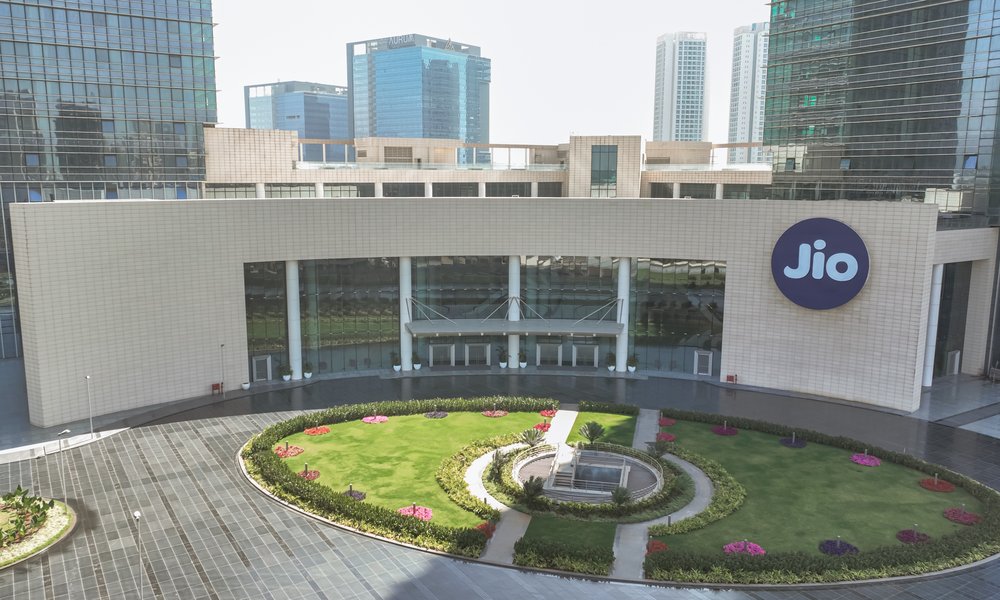Collaboration

Jio cuts opex by 30%, boosts revenue by 15% with ODA
Who: Jio Platforms Ltd
What: Transformed operations, network management and customer experiences to increase network reliability, reduce operational costs, and grow subscriber numbers and ARPU.
How: Strategic and comprehensive implementation of TM Forum’s Open Digital Architecture (ODA) including more than 50 Open APIs
Results:
Since its launch in 2016 Jio has become India’s largest telco, building its success on making high-quality digital services affordable across the country.
Today, the mobile operator continues to attract subscribers. In the first quarter of this year Jio’s subscriber base grew by just over 6 million to reach 488.2 million, while average revenue per user (ARPU) increased to reach ₹206.2 (US$2.42). By 30 June, subscriber numbers had increased to just over 497 million, according to figures from Indian regulator TRAI.
A key element of Jio’s strategy is its investment in developing, integrating and deploying cutting-edge technology, supported by TM Forum’s Open Digital Architecture (ODA) including dozens of Open APIs. In 2023, for example, it built and launched one of the world’s largest 5G Standalone (SA) networks and is currently developing large-scale AI infrastructure and services.
“AI is our new UI. And APIs are our new KPIs,” according to Anish Shah, President, Chief Operating Officer, Jio, speaking at TM Forum’s DTW Ignite in June. “We are trying to ensure that we are not just bringing AI as it is, but we are actually re-architecting our entire real-time decision systems,” he added.
“We are doing it in … our HR systems, in our finance systems, in our IT systems,” explained Shah. “And then, of course, we are doing it for the network. We’re doing it for business operations, and then customer service as well. So, it is being plugged into each and every function.”
An early signatory of TM Forum’s Open API initiative, Jio ramped up its use of the interfaces when it started developing its own intellectual property following the establishment of Jio Platforms Limited (JPL) in 2019. It has now achieved Platinum Certification for API conformance, aligning 52 APIs across 11 products.
As Jio looks forward to the next stage of growth it needs to ensure it can continue to scale operations while meeting rapidly evolving customer expectations.
"Jio is committed to driving innovation, standardization, and scalability through its platforms, now serving over 500 million customers, with more than 220 million connected to the Jio True5G network,” according to Sudhir Kumar Mittal, Executive Vice President & Director Architecture at Jio Platforms Ltd.
JPL identified four over-arching challenges it wanted to address with ODA:
The company made extensive use of ODA, particularly Open APIs, within a cloud-native infrastucture to address the challenges, for which it won TM Forum’s 2025 Excellence Award for ODA implementation.
JPL’s shift to greater automation, less complexity and customer innovation involved integrating over 52 Open APIs across its ecosystem.
As a result of automating its workflows, JPL achieved a 30% reduction in operational expenses and a 15% decrease in implementation costs overall. The integration of TM Forum Open APIs into a cloud-native infrastructure, meanwhile, gave Jio the scalability and efficiency it needed to automate the deployment of its 5G core across 110+ data centers and 100+ edge sites.
Below are some of the highlights of how JPL has used Open APIs and ODA to benefit its business:
JPL took a multi-pronged approach to creating customer-centric services. TM Forum’s Agreement Management (TMF651) API, for example, enabled it to create real-time, customizable dynamic service agreements tailored to enterprise and consumer needs, while the AI Management (TMF915) API supports predictive analytics to improve customer service. And the Account Management (TMF666) Open API helped simplify platform interoperability and improve workflows between billing, marketplace and CRM platforms.
Measurable business gains include the activation by Jio of 1.5 million customers daily as a result of automating customer onboarding workflows, and a 25% reduction in churn rates thanks to CRM process automation.
JPL has put in place several initiatives that take the company closer to fully autonomous networks that adapt in real time, enhance user experiences, and create new services, which Jio describes as a critical industry goal.
For example, it used the Alarm Management API (TMF642) to introduce advanced monitoring and automated alerts, allowing the Network Management System (NMS) to address issues proactively and reduce by 65% the need for network operation center operators. The automation of issue detection and resolution meanwhile reduced network issue response times by 30%.
In addition, the reduction of repetitive tasks allowed teams to focus on strategic initiatives, while continuous engagement with internal teams and external partners fostered innovation and collaboration.
JPL’s overarching, strategic integration of ODA APIs into a cloud-native infrastructure ensured scalability and efficiency, enabling the automation deployment of its 5G core across 110+ data centers and 100+ edge sites.
“Leveraging advanced AI technologies and the comprehensive implementation of TM Forum's Open Digital Architecture across our platforms have been key to enhancing network reliability, reducing operational costs, and fostering growth in ARPU and subscriber base,” according to Mittal.